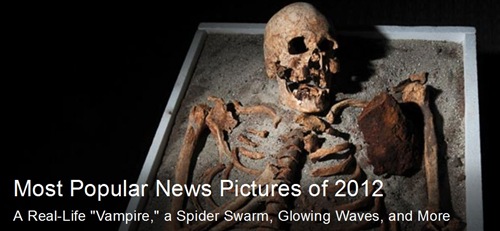
Best News Pictures of 2012: Nat Geo News's Most Popular
By National Geographic News, 7 December 2012.
By National Geographic News, 7 December 2012.
10. "Vampire" Skeleton Unearthed
The discovery of a 700-year-old skeleton in Bulgaria - seen at the country's National Museum of History in June - offers evidence that the fear of vampires is far older than Bram Stoker's Dracula.
The "vampire," found entombed among church ruins in the Black Sea town of Sozopol (map), is the subject of Nat Geo News's tenth most viewed gallery of the year. The skeleton had been stabbed in the chest with an iron rod (upper right), which was in the tomb next to the body. (Also see "Vampire Expert Digs His Fangs into True Blood, Twilight.")
9. Spiderwebs Blanket Australia
In an arachnophobe's worst nightmare, swarms of spiders spin webs in a bush in flood-ravaged Wagga Wagga (map), Australia, in March.
After a week of record rain, floodwaters across eastern Australia forced the ground-dwelling spiders - and at least 13,000 people - to flee their homes, according to Reuters.
The rampant webs blanketing vast stretches of Wagga Wagga are failed attempts at "ballooning" - spinning web "kites" to ride the wind. (Related: "Pictures: Trees Cocooned in Webs After Flood.")
8. Maya Apocalypse Myths Debunked
The end of the world is near - December 21, 2012, to be exact - according to theories based on a purported ancient Maya calendar.
Scientists, though, are tripping over themselves to deflate the ballooning hype, as we reported in January. (NASA itself recently felt compelled to issue a comprehensive 2012 fact check.)
In some 2012 doomsday prophecies, the Earth becomes a death trap as it undergoes a "pole shift," courtesy of an asteroid impact (illustrated above), a rare alignment with the centre of the Milky Way, and/or massive solar radiation destabilizing the inner Earth by heating it. (Related: "End of World in 2012? Maya 'Doomsday' Calendar Explained.")
7. Glowing Waves Explained
The biological light, or bioluminescence, in the waves is the product of tiny marine life-forms called phytoplankton - and now scientists think they know how some of these sea beasts create their brilliant blue glow, we reported in March.
Various species of phytoplankton are known to bioluminesce, and their lights can be seen in oceans all around the world, said marine biologist and bioluminescence expert Woodland Hastings of Harvard University. (Also see "Glowing Sea Beasts: Photos Shed Light on Bioluminescence.")
6. Solar Storms Trigger Auroras
Photograph by Ole C. Salomonsen, arcticlightphoto.no
The brilliant auroras were triggered by a coronal mass ejection, or CME, that hit our planet Tuesday morning. A CME is a cloud of superheated gas and charged particles hurled off the sun. (Watch a time-lapse video of this week's auroras over Lapland.)
5. "Lost World" in Antarctica
An unnamed new species of Yeti crab swarms near hot, mineral-rich hydrothermal vents in the oceans off Antarctica - a newfound "lost world" of strange deep-sea species, scientists say. (See picture: "'Yeti Crab' Discovered in Deep Pacific.")
A camera-equipped submersible robot filmed species such as barnacles, crabs, anemones, and even an octopus, all of which are mostly colourless and live in utter darkness at depths of 7,875 feet (2,400 meters), according to a January study.
4. Shark Swallows Shark - Whole
A shark was caught on camera making a meal of another shark along Australia's Great Barrier Reef in February. The pictures show a tasseled wobbegong halfway through swallowing a brownbanded bamboo shark.
Daniela Ceccarelli and David Williamson, from Australian Research Council's Centre of Excellence for Coral Reef Studies, chanced on the spectacle while conducting a fish census on the fringing reef off Great Keppel Island.
"The first thing that caught my eye was the almost translucent white of the bamboo shark," Ceccarelli said in an email. Expecting to find the front part of the bamboo shark hidden under a coral ledge, Ceccarelli swam closer - and the highly camouflaged wobbegong materialized. (Related pictures: "Sharks Taught to Hunt Alien Lionfish.")
3. New-Species "Heaven" in Peru
A new species of night monkey (pictured) is one of eight new mammals found during an expedition to northern Peru's Tabaconas Namballe National Sanctuary (map), scientists announced in September.
A team of Mexican and Peruvian biologists found this "new heaven of unknown biodiversity" during a 2009-2011 expedition, according to a press statement. (See "Pictures: Bushy-Bearded Titi Monkey Discovered.")
2. Limbless Amphibians Discovered
They aren't worms or even snakes. They're soil-burrowing, limbless amphibians, and they're completely new to science, a February study suggested.
Pictured guarding a brood of eggs in its native northeastern India, the animal above is one of about six potentially new species belonging to a mysterious group of animals called caecilians. What's more, the newfound critters represent an entirely new family of amphibians. (Photos: Rainbow Hues of Amphibian 'Worms' Demystified.")
1. Miniature Chameleons Found
Match-tip tiny, Brookesia micra (juvenile pictured) is the smallest of four new chameleon species found on the island country of Madagascar, scientists reported in February.
With an average adult length of just over an inch (2.9 centimetres) from snout to tail, B. micra is among the tiniest reptiles in the world. But the diminutive critter turned out to be huge on the Web - this was the most visited gallery of 2012. (Related: "Record-Breaking Chameleons Live Only a Few Months.")


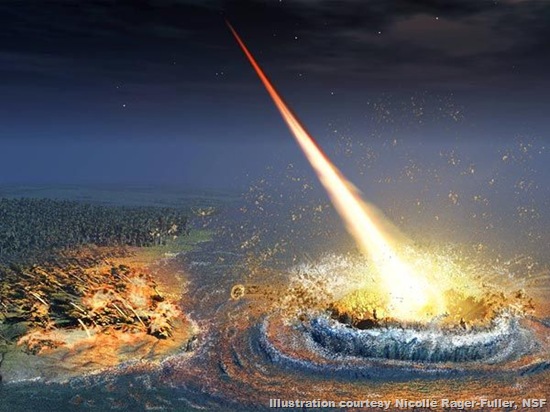


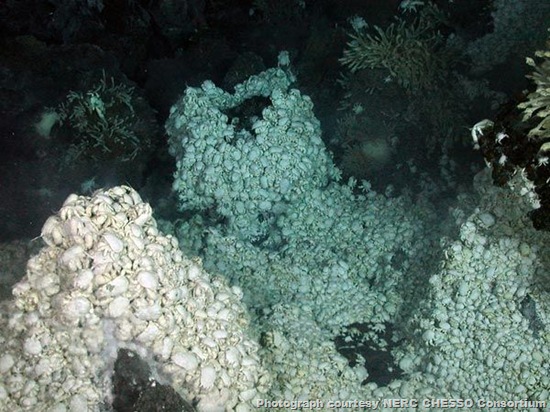
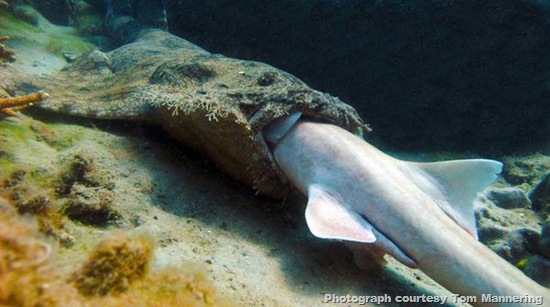
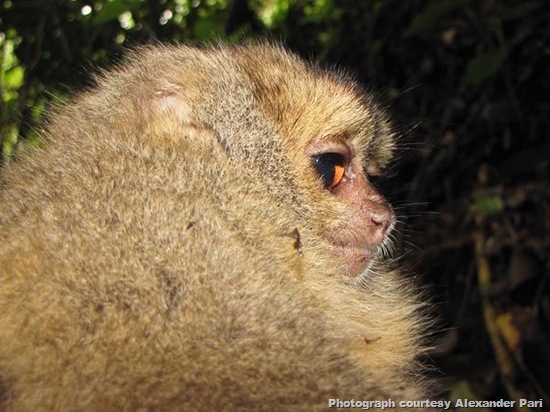
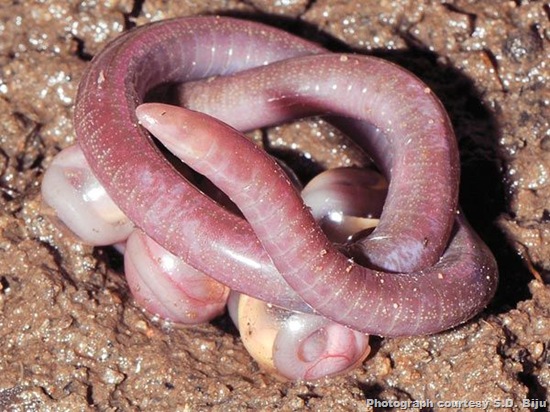

No comments:
Post a Comment
Please adhere to proper blog etiquette when posting your comments. This blog owner will exercise his absolution discretion in allowing or rejecting any comments that are deemed seditious, defamatory, libelous, racist, vulgar, insulting, and other remarks that exhibit similar characteristics. If you insist on using anonymous comments, please write your name or other IDs at the end of your message.